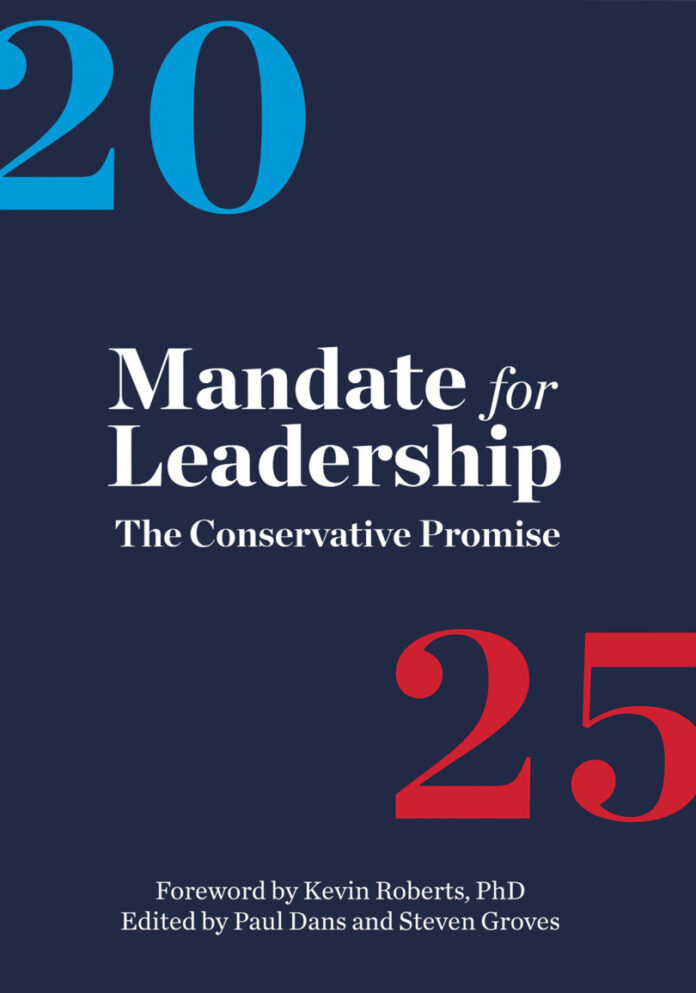
By Stacy M. Brown, NNPA Newswire Senior National Correspondent
Since becoming a focal point of a potential second Trump administration, the conservative Project 2025 has continued to reveal a damaging set of policies that threaten to upend and eliminate many social safety nets and critical programs and push middle-class and low-income people on the brink of financial ruin. The plan also threatens to pull America, and most importantly, Black Americans, back to the early to mid-20th century, when Jim Crow and other oppressive laws kept proverbial knees on the necks of African Americans.
The Center for American Progress (CAP) has conducted an in-depth analysis, revealing even more reasons for concern regarding Project 2025.
The CAP’s recent findings highlight that Project 2025 aims to eliminate funding for low-income schools, jeopardizing over 180,000 teaching positions. Established in 1965, Title I provides crucial financial assistance to schools serving high percentages of low-income families. Project 2025’s plan to abolish Title I funding entirely would be disastrous for the education system.
A comprehensive 50-state analysis by CAP details the severe impact of cutting Title I funding on students and teachers nationwide. Key findings include:
- Title I supports nearly two-thirds of public schools and low-income students.
- Teacher turnover rates in high-poverty schools are 10% higher than in schools with lower poverty levels.
- Project 2025 would worsen existing teacher shortages by eliminating nearly 6% of the educator workforce, equivalent to over 180,000 positions.
“Since its inception, Title I has been crucial in addressing funding and opportunity gaps between students experiencing high poverty and their more affluent peers,” stated Weadé James, senior director for K-12 Education Policy at CAP. “Project 2025 plans to gut it entirely.”
“Removing Title I funding would mean losing thousands of teachers and ultimately limiting children’s access to quality instruction,” added Will Ragland, vice president of research for Advocacy and Outreach at CAP. “This would be devastating to local schools, students, families, and communities.”
CAP officials asserted that Project 2025’s proposals undermine public education, a cornerstone of democracy. The plan suggests redirecting taxpayer dollars from K–12 public education to private and religious schools for the wealthy, rolling back Title IX protections, eliminating Head Start, blocking student debt cancellation programs, increasing monthly payments for student loan borrowers, censoring anti-racist curricula, and cutting school nutrition programs, particularly for food-insecure children during the summer.
Moreover, Project 2025 plans to disinvest in programs supporting the academic needs of vulnerable students, including those with disabilities under the Individuals with Disabilities Education Act and low-income students at Title I-eligible schools. Title I, Part A of the Every Student Succeeds Act (ESSA), provides supplemental federal funding to ensure all children receive a fair, equitable, and high-quality education. Title I was created in response to the Civil Rights Act of 1964, recognizing students’ more significant educational needs in high-poverty schools and the lack of state resources to close this divide.
Officials insisted Title I funding is critical for hiring and retaining well-prepared teachers. During the 2023–24 school year, every state reported a teacher shortage in one or more subject areas. High-poverty schools face higher turnover rates due to poor working conditions and unmanageable workloads, officials found. Title I provides resources to support and incentivize teachers in hard-to-staff schools, which serve a higher percentage of low-income students and students of color. CAP officials reported that to close the achievement gap, districts need more federal aid through Title I and other programs.
Officials determined that Project 2025 would decimate over 180,000 teacher positions, negatively affecting the academic outcomes of 2.8 million vulnerable students nationwide. Such a loss represents 5.64% of the national teacher workforce. Some states, such as Louisiana, Alabama, Arizona, Mississippi, Nevada, and Florida, would face significant impacts, with up to 12% of teaching positions eliminated.
Further, Project 2025’s proposal to phase out Title I reverses efforts to retain teachers, including legislation to increase teacher pay. Today, the average teacher salary in most states is below the minimum living wage, with teachers earning 5% less than a decade ago when adjusted for inflation. Title I funding benefits teachers and students in suburban, rural, and urban schools by providing direct student support services and enabling districts to hire and retain teachers. The CAP argued that eliminating Title I funding would lead to high teacher-to-student ratios, a lack of school-based programs, and diminished quality instruction.
The authors used state data to calculate the equivalent of teacher jobs at risk due to funding cuts. They multiplied the most recent state-by-state pupil-to-teacher ratios by the number of teachers affected to determine the number of impacted students.
“Teaching is a foundational profession that prepares workers for every industry,” officials demanded. “Adequate support for teachers and students is essential for workforce preparation, social and emotional development, and fostering informed citizens necessary for a robust democracy.”


